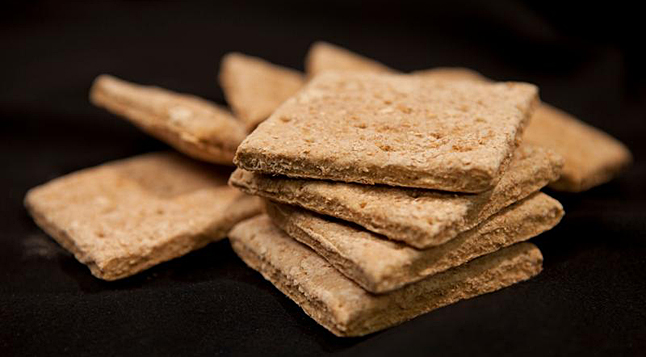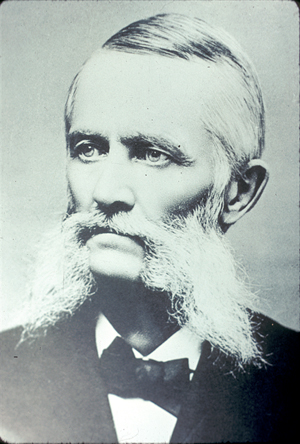Got a smart phone? If you do you can go directly to that point where gastronomy and history intersect with technology — the new Parks Canada food app.
A food app from Parks? Who’d have guessed? But you can click here to go directly to the download page.
The app is the result of a collaboration between Parks Canada and the Algonquin College School of Hospitality and Tourism in Ottawa. Eight professional chefs from the school prepared over 60 recipes for the app, each inspired by national historic sites across the country. This innovation is part of the Parks agency’s 100th anniversary.
“Why is this relevant to those living in both Revelstoke and Golden?” Public Relations Officer Jacolyn Daniluck asked rhetorically. “Two recipes directly connected to Glacier National Park and Rogers Pass National Historic Site are included in the national Parks Canada initiative! Check them out!”
And here they are:
Queen Pudding

This custard-like pudding is impressive with its meringue topping.
makes: 1 large pudding (enough for 6-8 people) or 6 small puddings
1 pint | 370 g fine bread crumbs
1 quart | 1 litre milk
1 cup | 250 g sugar
1 teacupful | 200 g of sugar
4 eggs, separated
1 lemon, zest and juice
1 cup | 250 g fruit jelly (any flavour)
“a piece of butter the size of an egg” | 80 g
¾ cup | 200 ml cream or whipped cream for garnishing, if desired
Mix bread crumbs, milk, 1 cup sugar, egg yolks, butter and lemon zest. Beat well. Pour into greased 11″ x 7″ (28cm × 18cm) baking dish or 6 individual baking dishes. Bake at 400°F (200°C) for 20 minutes and then 375°F (190°C) for 30 minutes until done but not watery; reduce second cooking time by 10 minutes if using individual dishes.
Whip the egg whites until stiff peaks form. Mix the teacupful of sugar with the lemon juice and then beat into the egg whites.
Spread a layer of jelly over the cooked pudding, and then spread the whipped egg whites over the jelly. Return to the oven and bake for a short time until meringue tips are lightly browned. Eat the pudding cold, served with cream or whipped cream.
Recipe tested by Chef David Fairbanks, Algonquin College School of Hospitality and Tourism
Adapted from a recipe in the book Our New Cookbook and Household Receipts: Carefully Selected and Indexed, written by Sarah Annie Frost and published by People’s Publishing, Boston, 1883.

Major Rogers Ration Hard Tack

The fresh crackers are easily broken but as they dry, they harden and assume the consistency of fired brick.
makes: 1 dozen
4 cups | 650 g flour, preferably whole wheat
4 teaspoons | 20 g salt
2 cups | 500 ml water, approximately
Preheat the oven to 375°F (190°C).
Mix the flour and salt together in a bowl. Add enough water − possibly less than two cups − to ensure that the dough sticks together without

sticking to your hands, the rolling pin or the pan. Mix the dough by hand.
Roll the dough out, shaping it roughly into a rectangle. Cut into the dough into 12 squares about 3 x 3 inches and ½-inch thick. After cutting the squares, press a pattern of four rows of four holes into each square, using a nail or other such object. Do not punch through the dough. The appearance you want is similar to that of a modern saltine cracker. Turn each square over and do the same thing to the other side.
Place the squares on an ungreased cookie sheet in the oven and bake for 30 minutes. Turn each piece over and bake for another 30 minutes. The crackers should be slightly brown on both sides.
Recipe tested by Chef Mario Ramsay, Algonquin College School of Hospitality and Tourism



